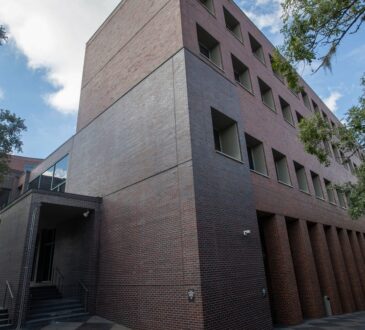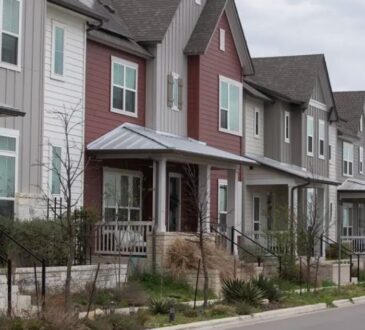
- New-unit sizes for homes have decreased 13% nationally since 2015, according to the Census Bureau.
- Yet, the cost per square foot has markedly accelerated over the same period, data from John Burns Research and Consulting shows.
- Builders are reducing square footage by deducting extra bedrooms and bathrooms.
The average size of a home in the US is steadily decreasing. And unfortunately, prices are continuing to rise.
Census data shows that the median square footage of floor area for single-family starts in the US peaked at 2,519 during the first quarter of 2015, and has since dropped 13% to 2,191, as of the second quarter of 2023.
Meanwhile, cost per square foot has been rising. From 1992 to 2021, the measure increased by about 1% annually on an inflation-adjusted year-over-year basis, according to data from John Burns Research and Consulting (JBREC). That’s accelerated to 13% in 2021, and 10% in 2022.
“Home prices just soared,” Chris Porter, senior VP and chief demographer for JBREC, told Insider. “The demand for housing during the pandemic years was just skyrocketing. We saw increased prices across the board, and that’s showing up in that increased price per square foot.”
Put simply, new homeowners are getting less bang for their buck. While settling for smaller homes has helped many buyers fit into their desired price range, they’re still paying a premium compared to recent history.
This is all happening at a time when, by one measure, overall home affordability is its lowest since 2006 — even worse than during the Global Financial Crisis. The major culprit is a mix of rising home prices, an inventory shortage, and the highest 30-year mortgage rates in decades.
“It really comes down to the demand,” Porter said. “There was so much demand for housing these last several years, and we saw continued price increases through 2021, and early 2022, the builders were raising prices and there was such strong demand that people were continuing to pay for it.”
Mortgage rates were at such historical lows during 2021 and 2022 that buyers are unlikely to trade their homes bought during that time for new ones due to the rates now being in the 7% range, Porter said. Homeowners holding onto homes led to a lack of inventory — which runs up the cost of homes on the market.
According to Redfin, the median sale price of a home increased 46% from July 2018 to 2023 — from $288,203 to $422,137.
Not only are prices per square foot going up, data suggests that contractors are less likely to build homes with a lower price per square foot.
Estridge Homes, a homebuilder based out of Indiana, recently introduced detached homes 300 to 500 feet smaller than its normal builds, and $50,000 to $75,000 cheaper. The homebuilder is downsizing new units by getting rid of some bedrooms and bathrooms, the Wall Street Journal reported.
Single-family home starts with less than three bedrooms increased 9.5% from 2021 to 2022, according to a report from Zillow, while homes with three or more bedrooms fell by 13.1%.
Further double-digit jumps in price per square foot are less likely to materialize in the current environment. But as floor plans get smaller, price per square foot could stay stubbornly high.
“If home sizes truly are staying flat — or even going down a little bit — then yeah, we could probably see that price per square foot continuing to rise,” Porter said. “But I don’t think we’re going to see levels like what we saw in 2021 and 2022, not that rate of increase.”




